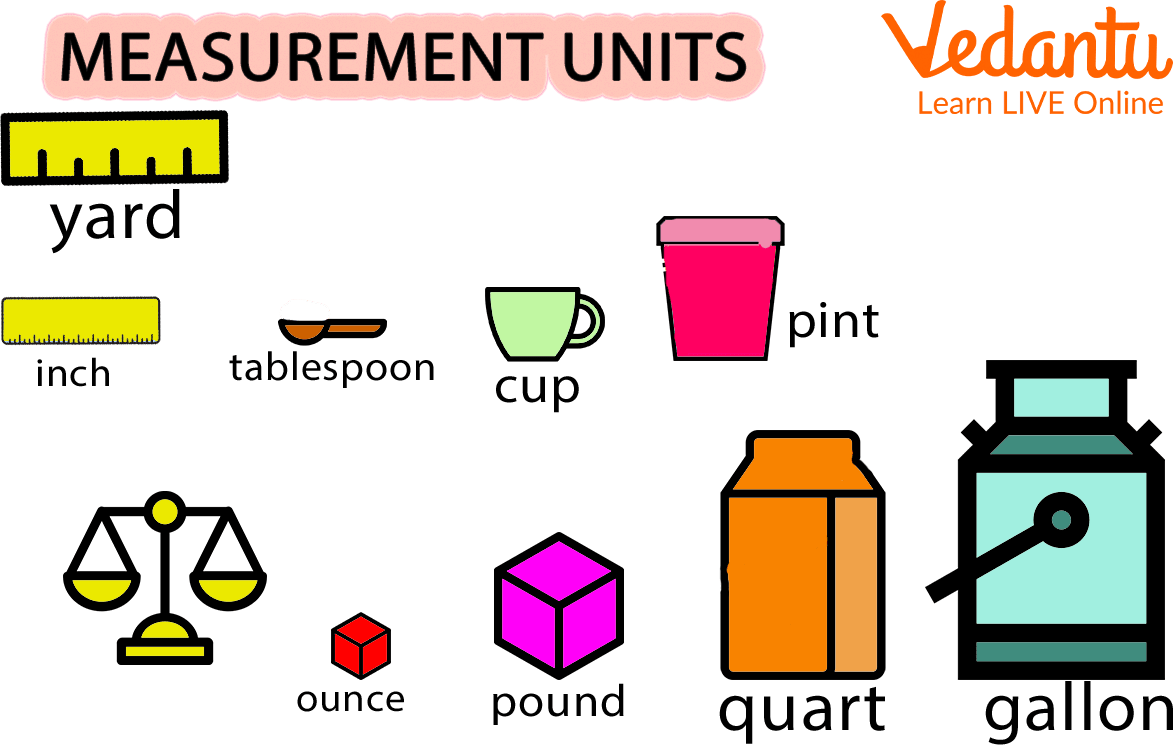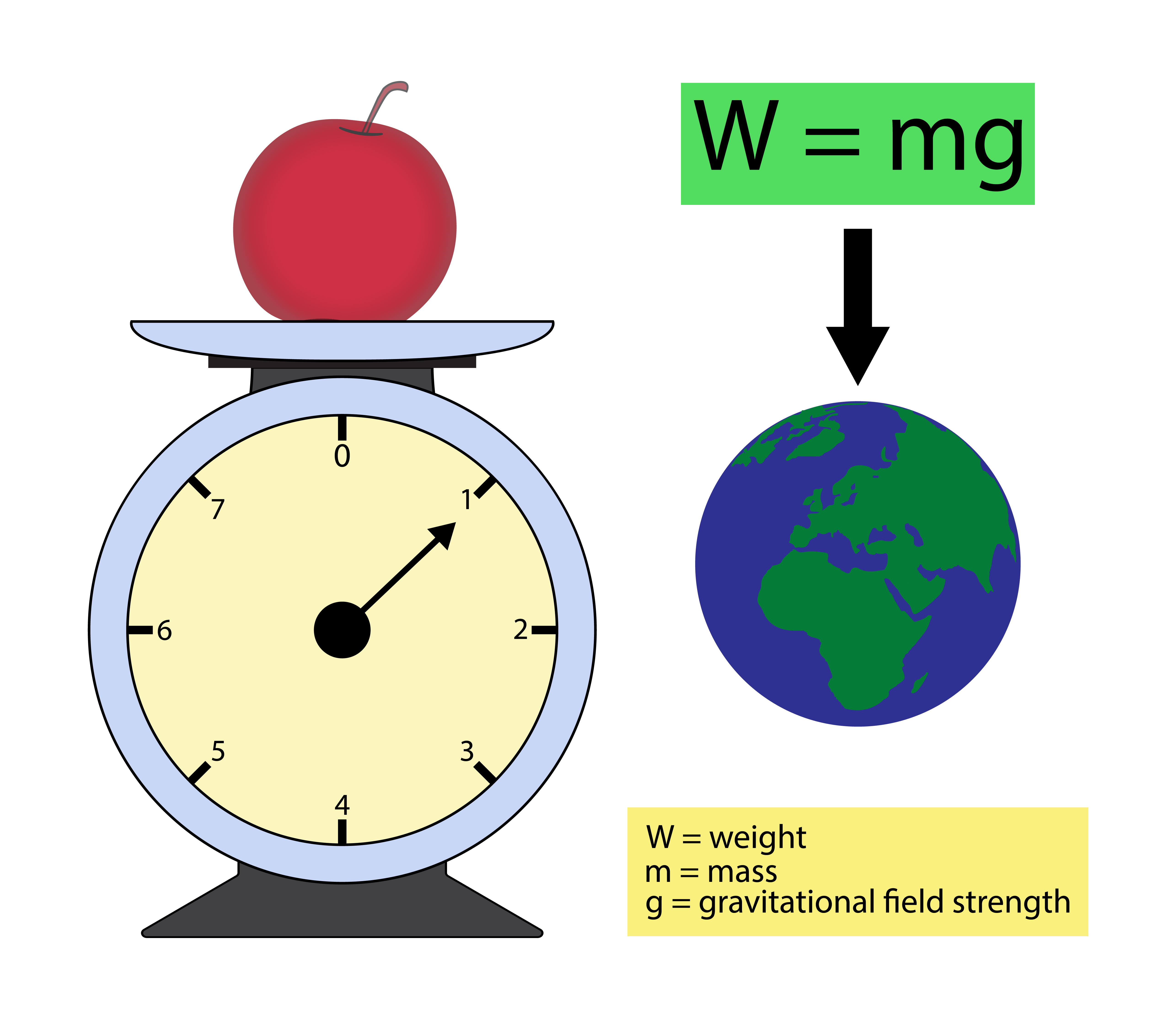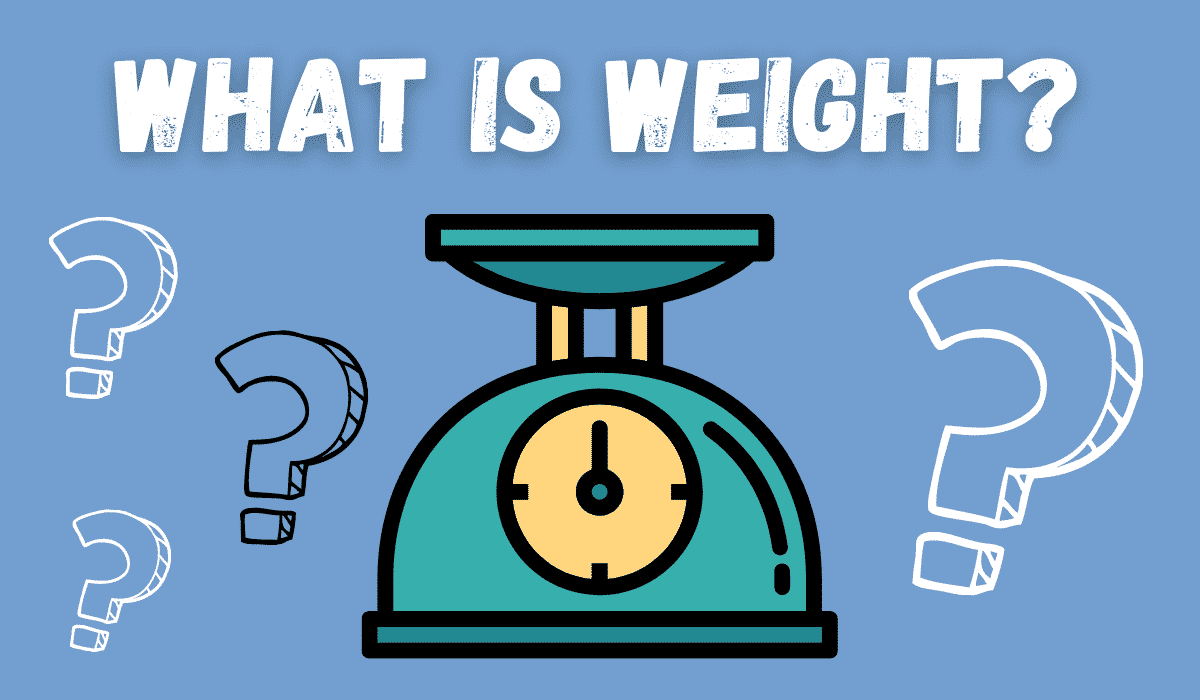Unveiling The Truth: How Pictures Reveal Weight Gain And Shape Self-Perception
In an age saturated with visual media, our lives are meticulously documented through photographs. From casual selfies to professionally shot portraits, every click of the camera captures a moment, an expression, and undeniably, a physical state. This constant visual record means that for many, the phrase "pictures weight gain" isn't just a concept; it's a lived reality, often serving as a stark, undeniable mirror reflecting changes in our bodies that we might otherwise overlook or choose to ignore. These images, stored across our devices and cloud platforms, become a personal archive of our physical journey, influencing how we perceive ourselves and how we are perceived by others. Understanding the profound impact these visual markers have, and how to navigate the vast digital landscape where they reside, is crucial for fostering a healthier relationship with our bodies and our digital selves.
The way we store, access, and even lose these photographic memories plays a significant role in our ability to reflect on our past, understand our present, and plan for our future. Whether it's scrolling through old albums on your computer or encountering a forgotten photo in your cloud storage, the visual evidence of "pictures weight gain" can evoke a spectrum of emotions, from surprise and concern to motivation or even acceptance. This article delves into the multifaceted relationship between our digital photo collections and our physical transformations, offering insights into their emotional impact and practical guidance on managing these invaluable visual records.Table of Contents
- The Unspoken Truth: How Pictures Reveal Weight Gain
- The Digital Footprint of Our Physical Journey
- Navigating Your Digital Photo Albums: Where Do They Go?
- The Emotional Impact of Seeing "Pictures Weight Gain"
- When Digital Memories Go Missing: The Search for Your Past Self
- Beyond the Frame: Understanding the Factors Behind Weight Changes
- Leveraging Your Photo Collection for Positive Change
- Best Practices for Managing Your Digital Photo Legacy
The Unspoken Truth: How Pictures Reveal Weight Gain
Photographs possess an undeniable power to capture reality, often with a brutal honesty that mirrors cannot replicate. Unlike the fleeting glance in a mirror, a photograph freezes a moment in time, allowing for prolonged scrutiny and comparison. This is why "pictures weight gain" can be such a potent and sometimes confronting experience. We might not notice gradual changes in our bodies day-to-day, but a side-by-side comparison of photos taken years, months, or even weeks apart can highlight shifts in body composition, facial features, and overall silhouette that were previously imperceptible. This visual evidence can be a wake-up call, prompting individuals to address their health, or it can trigger feelings of self-consciousness and disappointment. The way light hits, the angle, the clothing – all these factors can either accentuate or soften physical changes, but ultimately, the visual narrative of weight gain often becomes clear through a collection of images. It's a silent testament to our journey, whether we intended for it to be or not.The Digital Footprint of Our Physical Journey
In today's digital age, our lives are chronicled not just in physical photo albums but in vast, ever-expanding digital libraries. Every smartphone snap, every shared moment on social media, every video call screenshot contributes to a colossal digital footprint of our physical selves. This continuous stream of visual data means that the concept of "pictures weight gain" is more prevalent than ever before. Our personal devices, computers, and cloud services are repositories of countless images, each holding a fragment of our past. These digital archives serve as an unintentional, yet incredibly detailed, record of our physical transformations over time. From the spontaneous snapshots that capture candid moments to the carefully curated holiday albums, our digital collections are brimming with visual evidence of our evolving bodies.A Lifetime of Moments: From Childhood to Adulthood
Consider the sheer volume of photos accumulated over a lifetime. From baby pictures to school portraits, college escapades to wedding albums, and then the countless photos of family life, our digital collections grow exponentially. Each phase of life brings its own set of visual memories. These collections aren't just about significant events; they also include the everyday moments, the casual photos that, when viewed retrospectively, can reveal subtle or dramatic changes in our appearance. The ease of taking and storing digital photos means that we often have a far more comprehensive visual record of our lives than previous generations, making the phenomenon of "pictures weight gain" more observable and impactful.Navigating Your Digital Photo Albums: Where Do They Go?
With the explosion of digital photography, understanding where your precious visual memories are stored is paramount, especially when you're looking back at your journey and noticing "pictures weight gain." For many Windows users, the default location is the **Pictures** folder. **Pictures is one of the default library folder in Windows where pictures are saved by default.** It's designed to be a central hub, **where you can create your own set of albums/folders and store your desired files**, making organization straightforward. However, our photos don't just stay on our local drives. Cloud services have become indispensable for backup and accessibility. **When you turn on backup, your photos are stored in photos.google.com**, providing a secure off-site copy and easy access from any device. Similarly, services like OneDrive integrate seamlessly with Windows. It's important to remember that **if you delete files or photos in OneDrive, they will also be deleted from the documents and pictures folders on your desktop**, emphasizing the synchronized nature of cloud storage. Many users also have a habit of saving photos directly to specific folders. For instance, **I save them to a folder in my pictures file**, creating a personalized organizational structure. Understanding these common storage locations is the first step in effectively managing your visual history, including those powerful "pictures weight gain" moments that document your physical journey.The Emotional Impact of Seeing "Pictures Weight Gain"
Encountering "pictures weight gain" can be a deeply personal and emotionally charged experience. For some, it might serve as a powerful motivator, a visual catalyst prompting a renewed commitment to health and wellness. Seeing a past self, perhaps healthier or more active, can ignite a desire for change. For others, however, these images can trigger feelings of sadness, regret, or even shame. In a society that often places immense pressure on physical appearance, especially through the curated lens of social media, seeing one's own weight gain documented in photographs can exacerbate existing body image issues and lower self-esteem. The emotional response is often tied to the individual's current relationship with their body and their past experiences. A person who has struggled with body image for years might find "pictures weight gain" particularly distressing, reinforcing negative self-perceptions. Conversely, someone who has embraced body positivity might view these photos with a sense of acceptance, recognizing the natural fluctuations of life and prioritizing health over aesthetic ideals. It's crucial to acknowledge these varied emotional responses and approach the viewing of such images with self-compassion and understanding. Professional insights from organizations like the National Eating Disorders Association (NEDA) often highlight the pervasive impact of media on body image, underscoring the sensitivity required when confronting visual evidence of personal change.When Digital Memories Go Missing: The Search for Your Past Self
The frustration of losing digital photos can be immense, especially when those images hold significant personal value, like those documenting a journey of "pictures weight gain" or other life changes. It's a common scenario: **I cannot find any recently downloaded photos or gifs I downloaded from various apps and sites.** The search can be exhaustive: **I've searched in this PC, photos, videos, folders, everywhere and it takes...** This often leads to panic, particularly if the photos are irreplaceable.The Frustration of Missing Memories
Sometimes, the issue isn't deletion but simply misplacement or system changes. For users who have recently upgraded their operating system, a common concern arises. For example, **Ever since I have upgraded to Windows 11 I have been having trouble opening image files (.jpg, .jpeg, .png) using the default photos application. I get the following message...** This technical glitch can prevent access to your visual history. Furthermore, if you've recently performed a major system upgrade, such as to Windows 10 or 11, and your pictures seem lost, there's a specific place to look: **If your pictures are lost, then look into c:\windows.old.** This folder is a temporary backup of your previous operating system's files. **Your files should be in c:\windows.old folder.** However, it's often hidden: **This folder will be hidden, so you need to make it visible by opening file...** The challenge of finding specific images, even those you vaguely remember, can be daunting. **I understand that you seem to have found some great pictures that seem to have some descriptions, but you can't find them.** This highlights the need for robust organizational practices and regular backups to ensure your visual narrative, including any "pictures weight gain" documentation, remains accessible and intact.Beyond the Frame: Understanding the Factors Behind Weight Changes
While "pictures weight gain" can be a powerful visual indicator, it's essential to look beyond the image itself and understand the complex factors that contribute to changes in body weight. Weight fluctuations are a natural part of life and can be influenced by a myriad of elements, many of which are beyond our immediate control. Genetics play a significant role, predisposing individuals to certain body types and metabolic rates. Hormonal shifts, particularly during puberty, pregnancy, menopause, or due to conditions like thyroid disorders, can lead to noticeable weight changes. Lifestyle choices, stress levels, sleep quality, and even certain medications can also impact weight. For instance, chronic stress can elevate cortisol levels, potentially leading to increased fat storage. Similarly, insufficient sleep can disrupt hormones that regulate appetite. Understanding these underlying factors helps to depersonalize "pictures weight gain" and shift the focus from blame or shame to a more holistic understanding of health and well-being. It encourages a perspective that acknowledges the body's intricate systems and the various internal and external pressures it faces.The Role of Lifestyle and Habits
Beyond genetics and hormones, our daily habits and lifestyle choices are paramount in influencing weight. Diet and nutrition are foundational; consuming a balanced diet rich in whole foods and mindful of portion sizes is crucial. Physical activity levels also play a direct role in energy expenditure and metabolic health. However, lifestyle encompasses more than just diet and exercise. It includes stress management techniques, ensuring adequate sleep, maintaining healthy relationships, and engaging in activities that bring joy and reduce sedentary time. When "pictures weight gain" becomes apparent, it often serves as a visual cue to re-evaluate these lifestyle components. It's an invitation to consider if daily routines are supporting overall health or inadvertently contributing to weight gain. This reflection can be a powerful starting point for positive, sustainable changes, guided by an understanding of how our choices impact our physical form.Leveraging Your Photo Collection for Positive Change
Instead of viewing "pictures weight gain" as a source of negativity, your photo collection can be transformed into a powerful tool for positive change and self-acceptance. By reframing your perspective, these images can become a visual diary of your health journey, offering insights and motivation. One effective way to leverage your photos is by using them for progress tracking. Taking regular photos (e.g., weekly or monthly) can help you observe subtle changes that might not be evident on the scale or in the mirror. These "before and after" comparisons can be incredibly motivating, showcasing your dedication and the tangible results of your efforts, whether it's weight loss, muscle gain, or simply improved posture and confidence. Furthermore, your photo collection can foster self-acceptance. By looking at a broader range of images, including those from different phases of your life, you can develop a more compassionate view of your body's natural fluctuations. Recognizing that bodies change over time, and that health is about more than just a number on the scale or a specific appearance, can be incredibly liberating. It encourages a holistic view of well-being, where physical changes are seen as part of a larger, evolving narrative.Creating a Visual Journey of Wellness
To truly leverage your photos for wellness, consider creating a "visual journey" album. This isn't just about documenting "pictures weight gain" or loss, but about capturing moments that reflect your commitment to a healthier lifestyle. This could include photos of you engaging in physical activity, preparing nutritious meals, enjoying nature, or simply looking happy and energized. By intentionally curating such an album, you shift the focus from mere physical appearance to the broader context of well-being. This visual narrative serves as a constant reminder of your progress, your resilience, and your dedication to self-care. It transforms static images into dynamic motivators, inspiring you to continue on your path to optimal health and a positive body image.Best Practices for Managing Your Digital Photo Legacy
Given the emotional and personal significance of our digital photo collections, especially those that document "pictures weight gain" and other life changes, effective management is crucial. Ensuring your memories are safe, organized, and accessible requires a few best practices. Firstly, consistent organization is key. **It is where you can create your own set of albums/folders and store your desired files**, allowing you to categorize photos by date, event, or even by theme (e.g., "Wellness Journey"). This makes finding specific images much easier later on.Safeguarding Your Memories: Backup and Organization
Regular backups are non-negotiable. Relying solely on your computer's hard drive is risky. **When you turn on backup, your photos are stored in photos.google.com**, or similar cloud services like OneDrive, providing a secure off-site copy. Additionally, consider an external hard drive for a second layer of backup. When importing new photos, ensure they go into the correct locations. **If you are accustomed to importing photos using the import pictures and videos wizard, you can still do so in Windows 10**, and similar functionalities exist in newer versions. This helps maintain order from the start. For photos downloaded from the internet or apps, ensure you know where they land. **I can open the picture in the downloads file that opens up**, but it's always best to move them to your organized folders afterward. **Then, later, when I go** to find them, they are exactly where they should be. By diligently managing your digital photo legacy, you protect invaluable visual records, allowing you to reflect on your journey, including any "pictures weight gain" moments, with clarity and peace of mind, ensuring these personal narratives are preserved for years to come.Conclusion
The phenomenon of "pictures weight gain" is more than just a visual observation; it's a profound intersection of our physical realities, digital lives, and emotional well-being. Our ever-growing digital photo collections serve as an undeniable chronicle of our physical transformations, influencing our self-perception and prompting a range of emotions. From the default folders on our Windows PCs to the vast expanse of cloud storage, understanding where these powerful visual records reside and how to manage them is essential. By acknowledging the emotional impact of these images and understanding the complex factors behind weight changes, we can shift from a place of judgment to one of understanding and proactive self-care. Ultimately, our photo collections can be transformed from mere visual evidence into powerful tools for motivation, self-acceptance, and charting a positive wellness journey. Safeguarding these memories through diligent organization and backup ensures that our unique visual legacy, including every subtle shift and significant transformation, remains accessible for reflection and growth. We invite you to share your experiences: How have your digital photos influenced your perception of your own health journey? What strategies do you use to manage your personal photo archives? Leave a comment below, and don't forget to explore our other articles on digital well-being and personal growth.
Weight Measurement Units - Learn Definition, Facts and Examples

Weight

What is Weight? (All the Basic Definitions & Units Explained)